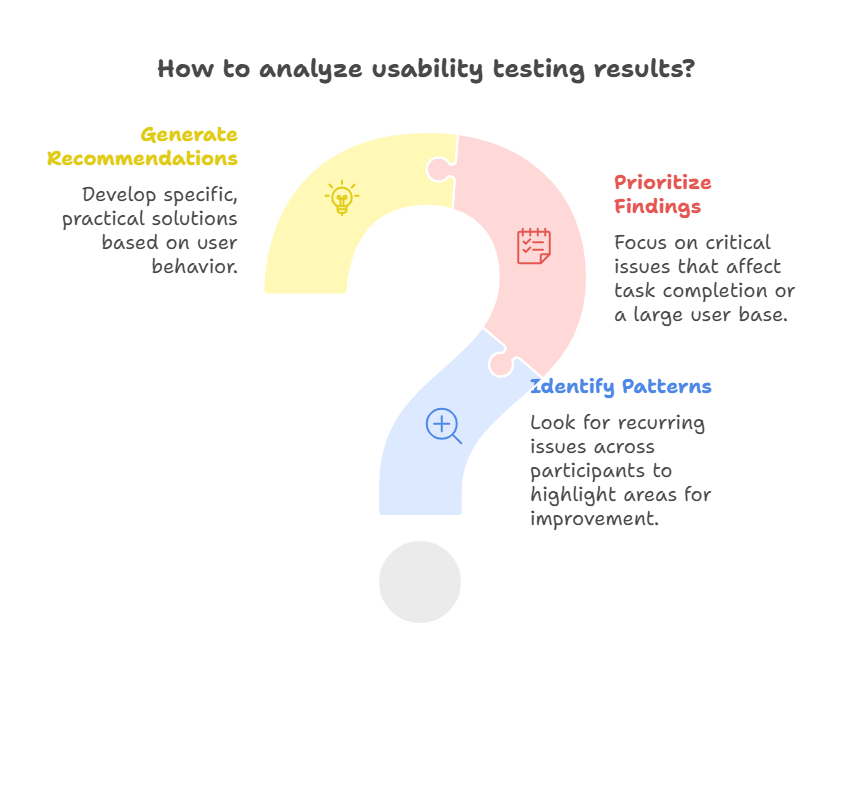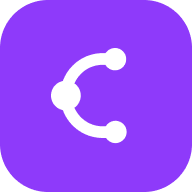How to Conduct Usability Testing: A Step-by-Step Guide
Learn how to conduct effective usability testing to identify user experience issues and improve your product design with this practical framework.
What is Usability Testing?
Usability testing is a form of user research where product teams observe participants as they interact with a product to complete specific tasks. This method helps identify usability issues that developers and designers might miss because they're too close to the product. As one expert notes, usability testing is a specific kind of user research done to assess how easily users can achieve their goals using your product.
The core value lies in watching real users navigate your interface rather than relying on assumptions. This approach helps combat biases like the false-consensus effect by providing objective feedback from people unfamiliar with your product.
Planning Your Usability Test
Define Your Testing Goals
Before recruiting participants, clearly define what you want to learn. Are you testing a new feature's intuitiveness? Trying to understand why users abandon a checkout process? Your goals will determine everything from participant selection to task design.
Select Representative Tasks
Choose representative tasks that reflect how real users interact with your product. For an e-commerce site, this might include finding a specific product, adding it to cart, and completing checkout. The tasks should be realistic and cover the core functionality you're evaluating.
Recruit the Right Participants
Your test participants should represent your actual user base. While you can test with colleagues in a pinch, the most valuable insights come from people who match your target demographic. Many teams use screening surveys to ensure participants have the right background and experience level.
Conducting the Test Session
Set Up the Testing Environment
Usability tests can be conducted in-person or remotely via virtual meeting software. Remote testing has become increasingly popular as it allows you to reach a broader audience and observe users in their natural environment.
Guide Participants Through Tasks
The standard approach involves giving participants a certain task and asking them to complete it normally. Ask users to think aloud as they work through each task, sharing their thoughts, confusion points, and expectations. This verbal feedback provides crucial context for their actions.
Observe Without Intervening
During testing, watch each participant one at a time as they perform your predefined tasks. Resist the urge to help or guide them when they struggle—these friction points often reveal the most valuable insights about usability problems.
Analyzing and Acting on Results

Identify Patterns and Pain Points
Look for recurring issues across multiple participants. If three out of five users struggle to find the search function, that's a clear signal for improvement. Document both the specific problems and their potential impact on the user experience.
Prioritize Findings
Not all usability issues are equally important. Focus first on problems that prevent users from completing critical tasks or that affect a large portion of your user base. Consider both the severity of the issue and how frequently it occurs.
Generate Actionable Recommendations
For each identified problem, ask how the site might be designed differently to help users complete tasks more easily. Your recommendations should be specific, practical, and tied directly to the observed user behavior.
Tools and Best Practices
Choose the Right Testing Method
Qualitative usability testing focuses on understanding the reasons behind user behavior and gathering insights about their experiences. Quantitative methods, while valuable for different purposes, won't give you the same depth of understanding about why users struggle.
Keep Tests Focused and Manageable
A typical usability test should include 3-5 participants per user group, as this number identifies most usability problems without overwhelming your analysis. Testing with more people yields diminishing returns for the same user segment.
Document Everything
Record sessions (with participant permission) and take detailed notes. This documentation becomes invaluable when you need to convince stakeholders about necessary changes or track improvements over multiple design iterations.
Streamline Your Testing Process
Planning and organizing usability tests can be complex, but visual tools can help. Consider using ClipMind to create mind maps that outline your testing methodology, participant profiles, and task flows. The platform's Project Planner can help you structure your entire testing process from recruitment to analysis.
Regular usability testing should be part of your product development cycle, not a one-time event. By consistently observing real users and addressing their challenges, you'll create products that genuinely meet user needs and deliver better business results.
 ClipMind
ClipMind